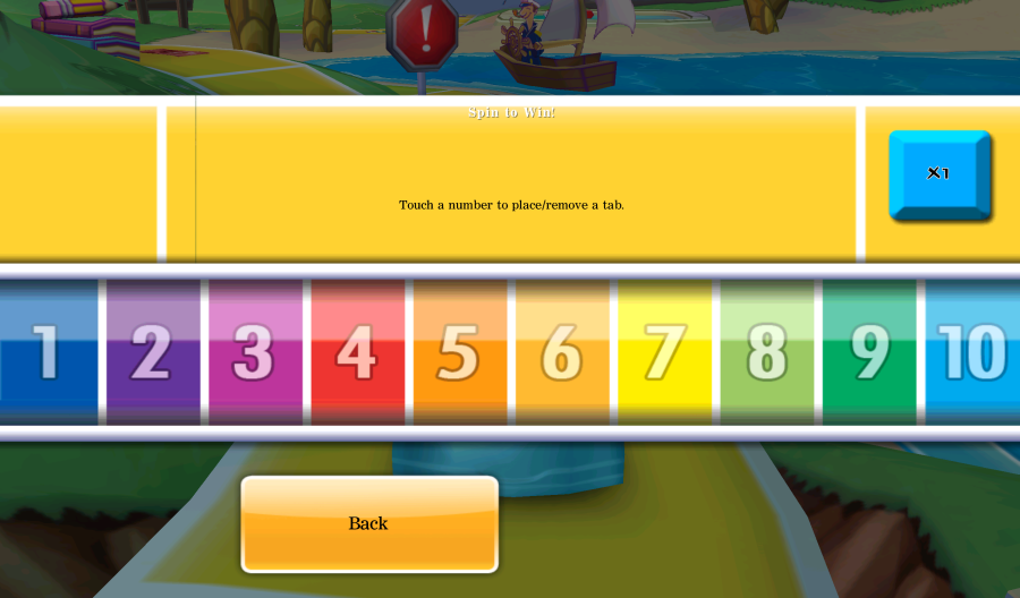
#Game of life plus#
Gemini’s initial state contains three of these structures, plus a fourth that is incomplete.Īs the simulation progresses the incomplete structure begins to grow, while the structure at the start of the tape is demolished. Each is a fraction of the size of the tape’s length but, made up of two constructor arms and one “destructor”, plays a key role. “I stripped out as much as I could, which cut out leads that could have taken me a long time to pursue.”ĭubbed Gemini, his creature is made of two sets of identical structures, which sit at either end of the instruction tape. “I wanted to see it working as soon as possible,” he says.

By placing these at precise intervals, he created a program that feeds into the constructor and dictates its actions, much like the punched rolls of tape once used to control the first computers. The duties of fatherhood limited the time he could spend playing the game, so he replaced the “computer” with a much simpler pattern called an “instruction tape”, made up of smaller patterns known as “gliders”. Wade’s breakthrough came after his real-life child was born. But the result ran too slowly to be of any practical use. In an effort to create a replicator, Life enthusiasts had tried connecting this constructor to a second pattern known as a “computer” because it is capable of arithmetic. One such discovery was the universal constructor, a pattern of cells that can be programmed to spit out a variety of others in subsequent generations. It wasn’t until 2009 that he began to experiment anew, spurred on by discoveries in the previous decade. But a pattern that spawned an identical copy of itself proved elusive.Ī programmer living in Toronto, Canada, Wade first dabbled with Life during the 1990s but eventually lost interest and moved on. Life enthusiasts have since catalogued an entire zoo of interesting patterns, such as “spaceships” that travel across the grid, or “guns”, which constantly spawn other patterns. This lent philosophical undertones to Life, which ended up attracting a cult following. The rules of the game were laid down by mathematician John Conway in 1970, but cellular automata first took off in the 1940s when the late mathematician John von Neumann suggested using them to demonstrate self-replication in nature. You play the game by choosing an initial pattern of “live” cells, and then watch as the configuration changes over many generations as the rules are applied over and over again (see “Take two simple rules”). The Game of Life is the best-known example of a cellular automaton, in which patterns form and evolve on a grid according to a few simple rules. It might help us understand how life on Earth began, or even inspire strategies to build tiny computers. “In fact, this is arguably the single most impressive and important pattern ever devised.”Ī first for the game, the replicator demonstrates how astounding complexity can arise from simple beginnings and processes – an echo of life’s origins, perhaps. “This is truly ground-breaking work,” wrote a fellow Life enthusiast, Adam Goucher, on the website Game of Life News.

When Wade posted his self-replicating mathematical organism on a Life community website on 18 May, it sparked a wave of excitement.

If, however, you are Andrew Wade, an avid player in the two-dimensional, mathematical universe known as the Game of Life, such a discovery is nothing short of an epiphany. IF YOU found a self-replicating organism living inside your computer, your first instinct might be to reach for the antivirus software. The elusive self-replicator may provide insight into how life on Earth began


 0 kommentar(er)
0 kommentar(er)
